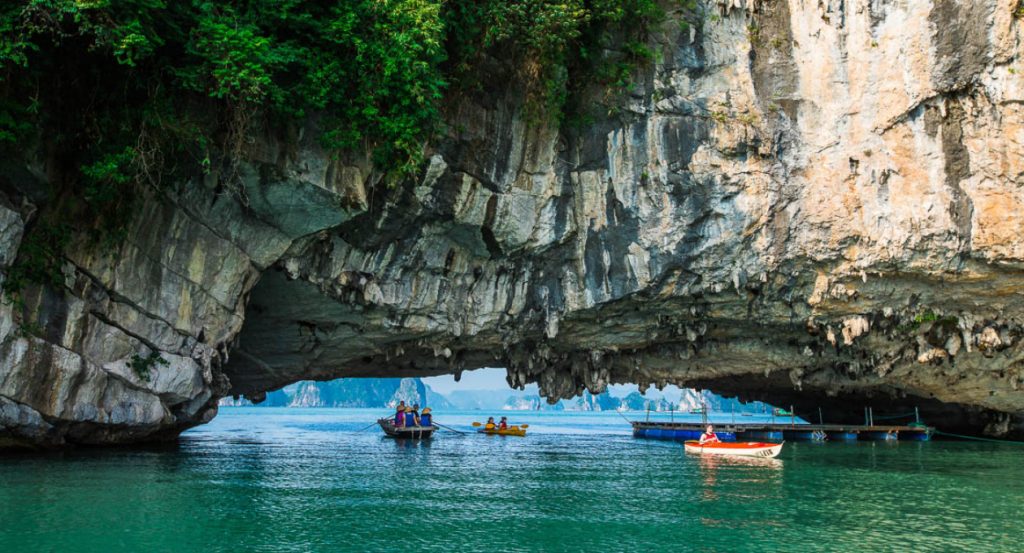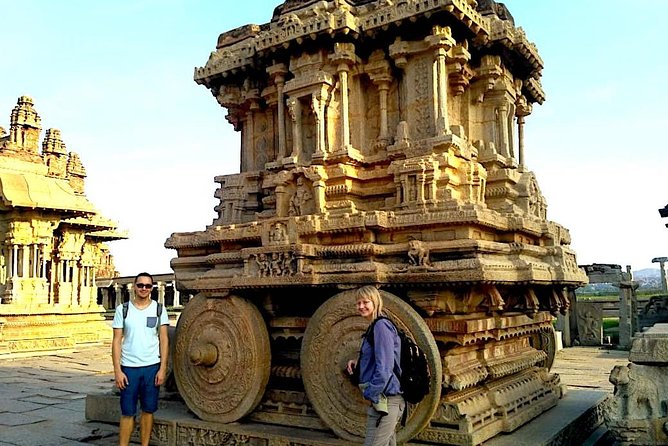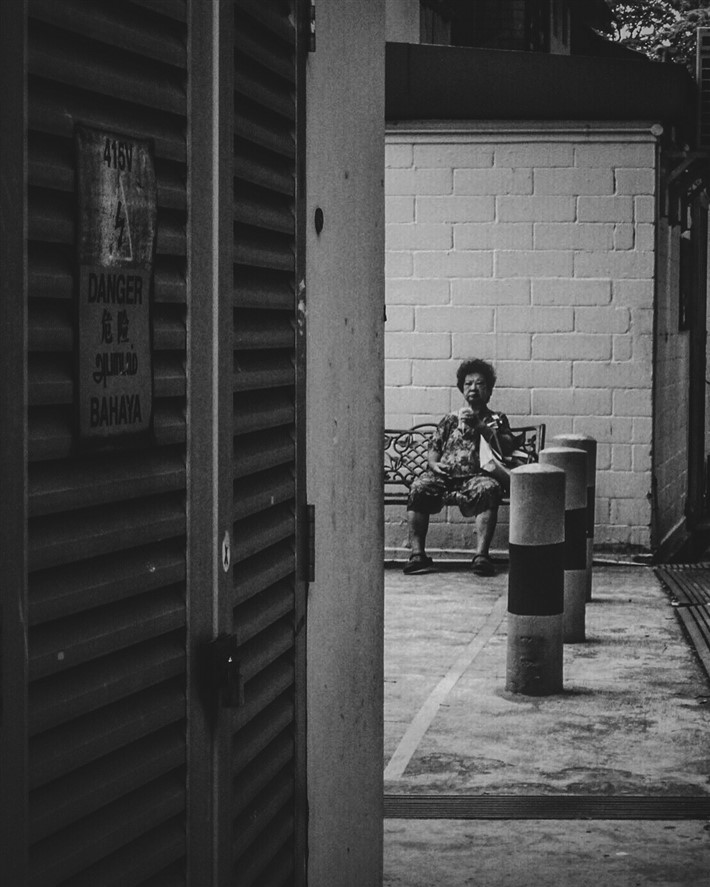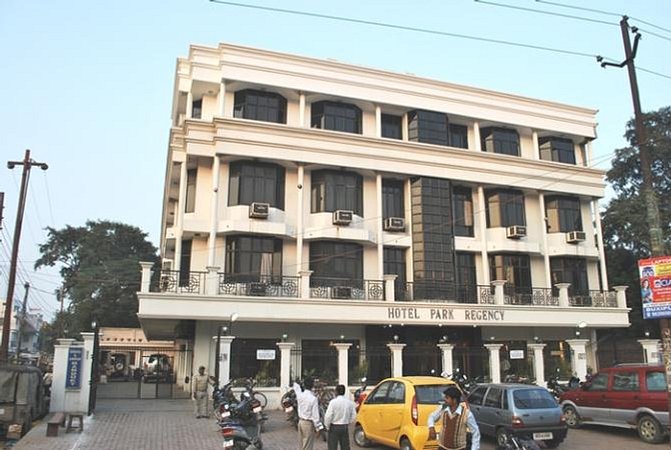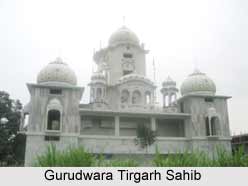Dances have been a part of human culture for centuries. They are expressions of joy, tradition, and storytelling.
From ancient rituals to modern trends, dancing connects people across the globe. Dancing is more than just movement. It tells stories, celebrates milestones, and brings communities together. Different cultures have unique dances, each with its own history and meaning. Some dances are energetic and fast, while others are slow and graceful.
Learning about dances can offer insight into diverse traditions and ways of life. Whether you enjoy watching dances or participating in them, the world of dance offers something for everyone. Join us as we explore the fascinating world of dances, discovering their origins, styles, and cultural significance.
Cultural Significance Of Dance
Dance is a vital part of human culture. It goes beyond mere movement. It connects us to our roots and traditions. The cultural significance of dance is profound. It tells stories, preserves history, and expresses communal values. Let’s explore its historical roots and symbolism.
Historical Roots
Dance has ancient origins. Early humans used dance to communicate. They had no written language. Dances depicted everyday activities. Hunting, gathering, and rites of passage were common themes.
Different cultures developed unique dances. These dances reflected their environment and beliefs. Indigenous tribes performed dances for rain. Ancient Egyptians danced to honor their gods. Each dance told a story. Each step had meaning.
Symbolism And Rituals
Dance often carries deep symbolism. In many cultures, it is part of rituals. These rituals mark important life events. Birth, marriage, and death often feature dances.
Some dances symbolize the cycle of life. Circular dances represent eternity. Linear dances show the journey of life. Dance can also be a form of prayer. Movements express devotion and ask for blessings.
In festivals, dance brings people together. It strengthens community bonds. It celebrates shared heritage. Through dance, people connect with their ancestors. They honor traditions and pass them to future generations.
Traditional African Dances
Traditional African dances are a vibrant and integral part of African culture. They are not just about movement but embody the continent’s rich history, spirituality, and community life. These dances are performed at ceremonies, festivals, and everyday gatherings, each with its unique steps and music. Let’s dive into the fascinating world of traditional African dances.
Dance Forms And Styles
Africa is a vast continent with over 3,000 ethnic groups, each with its distinct dance forms and styles. The diversity is astounding!
- Adumu: This is a Maasai jumping dance from Kenya and Tanzania. Warriors perform it, leaping high in the air to demonstrate strength and endurance.
- Gwara Gwara: Originating from South Africa, this dance is characterized by its energetic and exaggerated arm and leg movements. It has even made its way into global pop culture!
- Agbekor: A traditional dance of the Ewe people in Ghana, usually performed during war times. It involves intricate hand and foot movements telling stories of bravery.
These dance styles aren’t just for show. They convey stories, emotions, and sometimes, messages to the community.
Instruments And Music
Music and instruments play a pivotal role in traditional African dances. Without them, the dances would lose their soul and rhythm.
One cannot talk about African dance music without mentioning the drum. Drums like the djembe, talking drum, and dunun are central to many African dances. They set the pace and rhythm, guiding dancers’ movements.
Other popular instruments include:
- Mbira: Also known as the thumb piano, it produces melodic tunes that accompany dances in Zimbabwe.
- Kora: A harp-like instrument from West Africa, known for its soothing and melodic sound.
- Balafon: A wooden xylophone from Mali and Guinea, adding a unique resonance to the dance music.
Imagine dancing to the rhythmic beats of the djembe or the melodic tunes of the kora. The music elevates the dance, creating a captivating experience for both the dancer and the audience.
Have you ever tried dancing to traditional African music? How does it make you feel? The combination of rhythmic beats and expressive movements can be a powerful way to connect with your emotions and the community around you.
Next time you watch or participate in a traditional African dance, pay attention to the intricate relationship between the dance and the music. It’s this harmony that makes African dances so mesmerizing and unique.
What traditional dances resonate with you the most? Share your thoughts in the comments!
Latin American Dance Heritage
Latin American dance heritage showcases vibrant and rhythmic dances. Styles like salsa, tango, and samba bring cultures together, celebrating tradition and community spirit. Each dance tells a unique story through movement and music.
Latin American dance heritage is a rich and vibrant tapestry. It weaves together centuries of history, culture, and tradition. These dances are more than just steps and movements; they tell stories, express emotions, and bring communities together. Let’s dive into some popular dance styles and the festivals that celebrate this incredible heritage.Popular Dance Styles
Latin American dances vary widely, each with its own unique flair and rhythm. Here are a few that you might find particularly captivating:- Salsa: Originating from Cuba, Salsa is a lively, energetic dance that is popular worldwide. Its infectious rhythms make it a favorite at social gatherings.
- Tango: This Argentine dance is known for its passionate and dramatic movements. Tango tells a story of love and longing with every step.
- Samba: Hailing from Brazil, Samba is a rhythmic, fast-paced dance. It’s a staple at the famous Rio Carnival, showcasing Brazil’s vibrant culture.
- Merengue: From the Dominican Republic, Merengue is a simple yet infectious dance, characterized by its quick footwork and lively music.
- Cha-Cha: Originating in Cuba, Cha-Cha is a fun, cheeky dance that adds a playful spin to any dance floor.
Festivals And Celebrations
Latin American dance is not just confined to dance studios or social clubs. It’s deeply embedded in the region’s festivals and celebrations. Here are some notable events:- Rio Carnival (Brazil): This is one of the biggest and most famous festivals in the world. Samba dancers in elaborate costumes fill the streets with music and dance.
- Dia de los Muertos (Mexico): While primarily a day to honor deceased loved ones, dance plays a vital role in the celebrations, with traditional performances bringing communities together.
- Carnival of Barranquilla (Colombia): Known for its colorful parades, this festival features Cumbia and Mapalé dances, showcasing Colombia’s cultural diversity.
- Fiesta de la Virgen de la Candelaria (Peru): This festival is a fusion of Catholic and indigenous traditions, highlighted by traditional dances like the Diablada and Morenada.

Credit: www.stlpr.org
Asian Dance Traditions
Asian dance traditions are rich and diverse. Each region has its own unique styles and forms. These dances reflect the culture, history, and beliefs of the people. They are often performed during festivals, rituals, and celebrations. Asian dances can be broadly divided into classical and folk dances. Both have their charm and significance.
Classical And Folk Dances
Classical dances in Asia are often ancient. They follow strict rules and techniques. These dances are usually performed in temples and courts. Bharatanatyam from India and Ballet from China are examples. They require years of training and dedication.
Folk dances are more relaxed and spontaneous. They are performed by the community. These dances celebrate everyday life and events. Bhangra from Punjab and Bon Odori from Japan are popular folk dances. They are full of energy and joy.
Regional Variations
Each region in Asia has its own dance style. These dances vary in costumes, music, and movements. In India, you have Kathak from the north and Bharatanatyam from the south. Both are classical but look very different.
In Southeast Asia, you can find the graceful Balinese dance from Indonesia. It is known for its intricate hand movements. In Thailand, the traditional dance is called Khon. It is a masked dance drama. Each dance tells a story and has a deep meaning.
In East Asia, Japan has the elegant Noh and Kabuki dances. They are theatrical and expressive. In Korea, the fan dance is very popular. It is performed with large, colorful fans. Each region’s dance reflects its unique culture and heritage.
European Dance History
European dance history is rich and varied, spanning centuries and evolving dramatically. This journey from medieval times to modern days has shaped the dance culture we know now. European dances have had a significant influence on contemporary dance styles worldwide.
Medieval To Modern
Medieval Europe saw dance as a community activity. People gathered in squares and halls to dance together. Folk dances like the Branle and Farandole were popular. They were simple, joyful, and social.
Renaissance brought new styles. Ballet emerged in Italy and France. It became a refined art form. Dancers performed in courts for royalty. The Baroque period added more elegance and complexity to ballet.
In the 19th century, Romantic ballet blossomed. Famous ballets like “Giselle” and “Swan Lake” were created. They focused on storytelling and emotional expression. Modern dance developed in the 20th century. It broke away from traditional ballet. Pioneers like Martha Graham and Isadora Duncan introduced new techniques. They emphasized freedom of movement and personal expression.
Influence On Contemporary Dance
European dance history deeply influences contemporary dance. Ballet techniques are still foundational. Many modern dancers train in ballet for strength and precision. European folk dances also contribute. They bring unique rhythms and steps to contemporary choreography.
Contemporary dance blends various styles. It includes elements from classical ballet and folk traditions. Innovations from modern dance pioneers are crucial. They inspire creativity and experimentation.
Today, European dance continues to evolve. It adapts to modern trends and influences. New styles emerge, while old traditions remain relevant. This dynamic fusion enriches the world of dance.
Indigenous Dance Practices
Indigenous dance practices celebrate culture and tradition through rhythmic movements. Each dance tells a unique story, passed down through generations. These dances connect communities and honor their heritage.
Indigenous dance practices are more than just performances; they are living stories that connect communities to their past and future. These dances embody the spirit and traditions of the people, preserving cultural heritage through movement, music, and ritual. Let’s delve into the significance of these practices, focusing on the preservation of tradition and cultural identity.Preservation Of Tradition
Indigenous dances are crucial in preserving traditions that have been passed down through generations. Each movement, costume, and song has a specific meaning that often reflects historical events, spiritual beliefs, and everyday life. Imagine attending a powwow, where Native American tribes come together to celebrate their heritage. The dancers, adorned in vibrant regalia, perform intricate steps that have been learned from elders. These dances are not just for show; they are a way to keep history alive. When you witness these dances, you see the dedication to preserving ancient practices. This commitment ensures that the younger generation understands and values their cultural roots. It’s a reminder that tradition is not static; it evolves while maintaining its core essence.Cultural Identity
Indigenous dance practices play a vital role in shaping and expressing cultural identity. Each dance tells a story unique to its community, showcasing their values, beliefs, and way of life. Consider the Māori haka from New Zealand. This powerful dance, characterized by vigorous movements and chanting, is performed to display strength, unity, and pride. The haka is used in various contexts, from welcoming guests to challenging opponents, reflecting the dynamic nature of Māori culture. When you see these dances, you feel the pride and resilience of the people. It’s not just about the performance; it’s about connection. The dancers are not only expressing themselves but also inviting you to understand their world. These practices encourage a sense of belonging and pride among community members. They are a testament to the resilience and adaptability of indigenous cultures, despite the pressures of modernization. – How can you support the preservation of indigenous dance practices in your community? – What can you learn from the stories told through these dances? – How do these dances challenge your perception of culture and identity? By exploring indigenous dance practices, you gain a deeper appreciation of the rich tapestry of human history and cultural diversity. These dances are not just performances; they are profound expressions of life, identity, and tradition.Modern And Contemporary Dance
Modern and Contemporary Dance have reshaped the world of performing arts. These styles break away from traditional forms. They embrace creativity and expression. Modern dance began in the early 20th century. Contemporary dance followed, blending various influences and techniques. Both styles emphasize freedom, emotion, and innovation.
Evolution And Innovation
Modern dance started as a rebellion against classical ballet. Pioneers like Isadora Duncan and Martha Graham sought new ways to move. They focused on natural movements and human emotions. Their work laid the foundation for contemporary dance.
Contemporary dance builds on this foundation. It incorporates elements from many genres. Dancers use techniques from ballet, modern, jazz, and hip-hop. They also draw inspiration from everyday movements. This fusion creates unique and dynamic performances.
Choreographers constantly experiment and innovate. They push the boundaries of what dance can be. This evolution keeps the art form fresh and exciting. It also makes it accessible to a wider audience.
Global Fusion
Contemporary dance has a global reach. It borrows from diverse cultures and traditions. This fusion enriches the art form. It also promotes cultural understanding and appreciation.
Artists from different backgrounds contribute to contemporary dance. They bring their unique perspectives and styles. This diversity leads to innovative and captivating performances. It also helps the dance community grow and evolve.
Global fusion in contemporary dance reflects our interconnected world. It shows how art can transcend boundaries. It reminds us of our shared humanity.

Credit: www.choctawnation.com
Impact Of Globalization On Dance
Globalization has profoundly impacted dance across the globe. Cultures now blend, creating new styles and forms. This fusion promotes cultural exchange and enriches traditional dance. Yet, globalization also brings challenges and opportunities for dancers and communities.
Cultural Exchange
Globalization fosters cultural exchange in dance. Dancers share their unique styles worldwide. This interaction introduces new techniques and movements. Dance festivals showcase diverse performances, celebrating global unity.
Social media platforms play a key role. Dancers connect and learn from each other. They post videos and tutorials, spreading dance knowledge. This online exchange breaks geographical barriers.
Travel also enhances cultural exchange. Dancers visit different countries, experiencing local traditions. Workshops and classes offer firsthand learning. This direct interaction promotes mutual respect and understanding.
Challenges And Opportunities
Globalization presents challenges for traditional dance forms. Some fear losing their cultural identity. Western styles often dominate, overshadowing local dances. This can lead to cultural homogenization.
Yet, globalization offers opportunities for growth. Exposure to diverse styles sparks creativity. Dancers innovate, blending old and new. This evolution keeps dance vibrant and relevant.
Economic opportunities arise too. Dance professionals find global audiences. Online platforms allow them to teach and perform internationally. This expands their reach and income.
Preservation efforts gain importance. Communities work to maintain their dance heritage. They document and teach traditional dances, ensuring their survival. Globalization thus fuels both preservation and innovation.

Credit: www.salsavida.com
Frequently Asked Questions
What Are The Top 10 Dances?
Top 10 dances: Tango, Salsa, Hip Hop, Ballet, Breakdance, Waltz, Tap Dance, Flamenco, Contemporary, and Swing.
What Are The 5 Modern Standard Dances?
The 5 modern standard dances are the Waltz, Tango, Viennese Waltz, Foxtrot, and Quickstep. These dances are performed in ballroom competitions worldwide.
What Are The 8 Types Of Dance?
The 8 types of dance are ballet, jazz, hip-hop, contemporary, tap, ballroom, salsa, and folk dance. Each style has unique techniques and cultural origins.
What Are The 7 Genres Of Dance?
The 7 genres of dance are ballet, jazz, hip-hop, contemporary, tap, ballroom, and folk. Each style offers unique movements and expressions.
Conclusion
Dance brings joy to our lives. It connects people across cultures. Learning different dances can be exciting and rewarding. Each step and movement tells a story. Dancing is a fun way to stay fit. It also helps improve mood. So, why not give it a try?
Start with a few simple steps. Enjoy the rhythm and movement. Dance with friends or alone, and feel the magic. Keep dancing and explore the world through its many styles.
{ “@context”: “https://schema.org”, “@type”: “FAQPage”, “mainEntity”: [ { “@type”: “Question”, “name”: “What are the top 10 dances?”, “acceptedAnswer”: { “@type”: “Answer”, “text”: “Top 10 dances: Tango, Salsa, Hip Hop, Ballet, Breakdance, Waltz, Tap Dance, Flamenco, Contemporary, and Swing.” } } , { “@type”: “Question”, “name”: “What are the 5 modern standard dances?”, “acceptedAnswer”: { “@type”: “Answer”, “text”: “The 5 modern standard dances are the Waltz, Tango, Viennese Waltz, Foxtrot, and Quickstep. These dances are performed in ballroom competitions worldwide.” } } , { “@type”: “Question”, “name”: “What are the 8 types of dance?”, “acceptedAnswer”: { “@type”: “Answer”, “text”: “The 8 types of dance are ballet, jazz, hip-hop, contemporary, tap, ballroom, salsa, and folk dance. Each style has unique techniques and cultural origins.” } } , { “@type”: “Question”, “name”: “What are the 7 genres of dance?”, “acceptedAnswer”: { “@type”: “Answer”, “text”: “The 7 genres of dance are ballet, jazz, hip-hop, contemporary, tap, ballroom, and folk. Each style offers unique movements and expressions.” } } ] }
